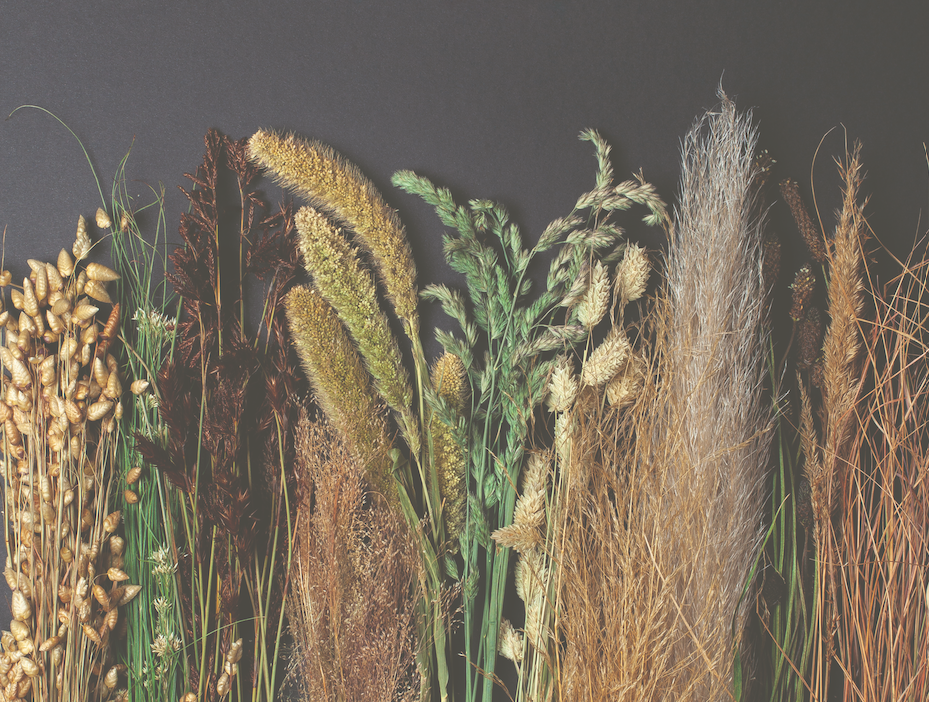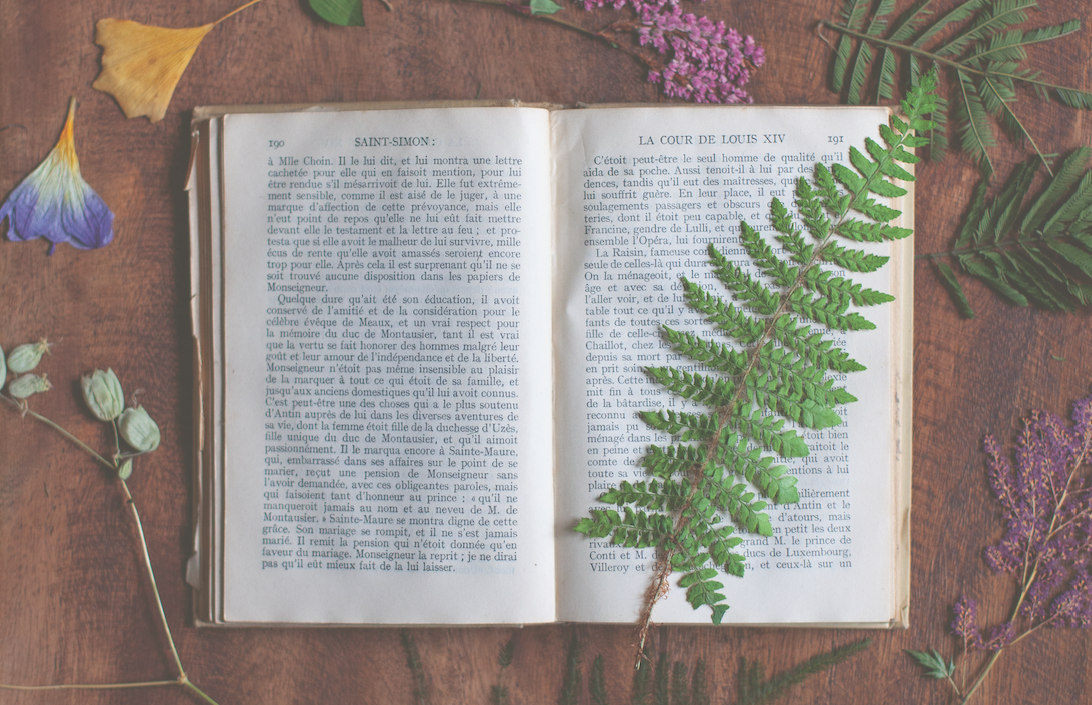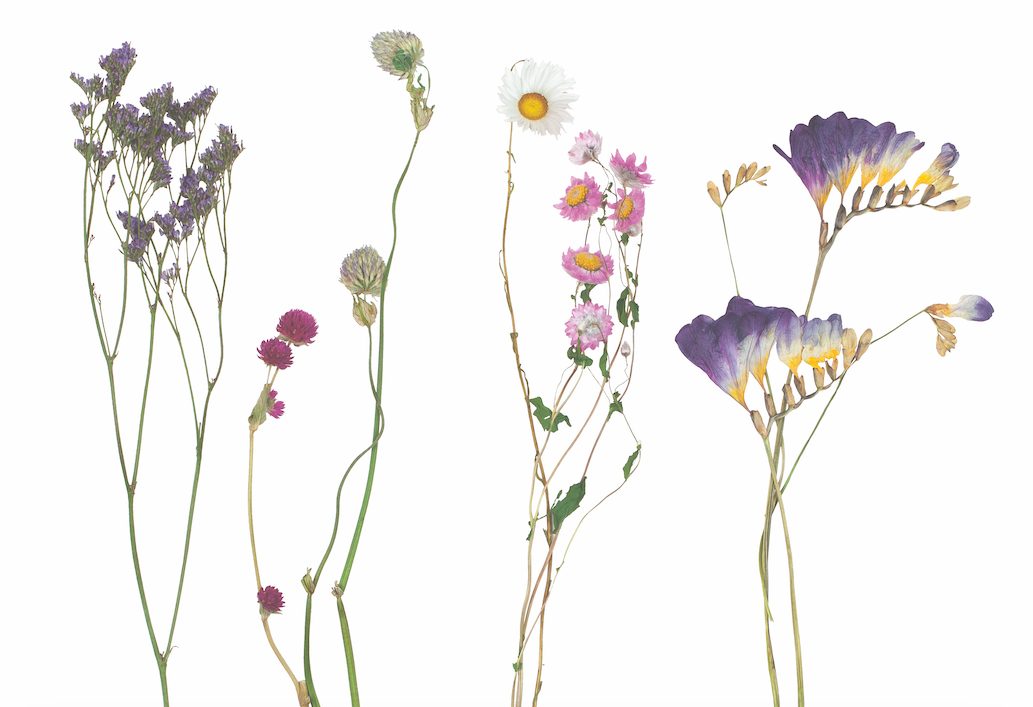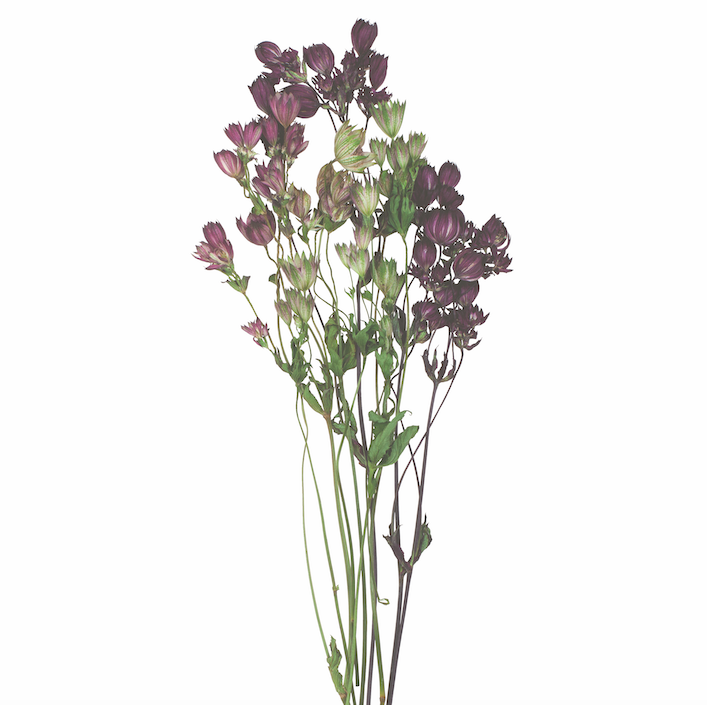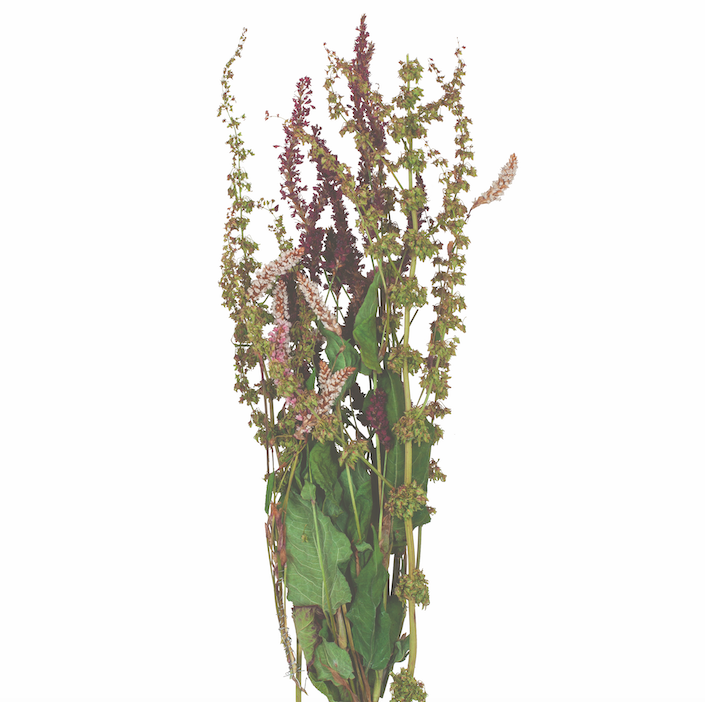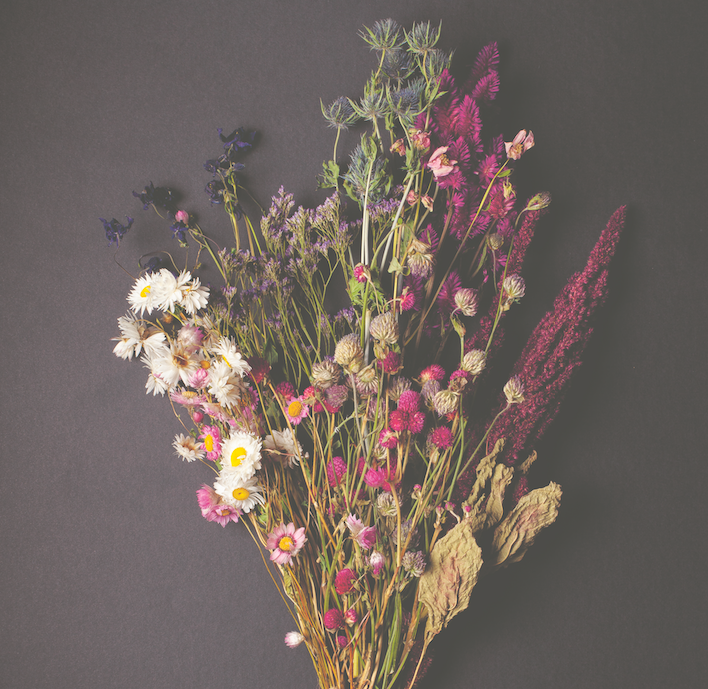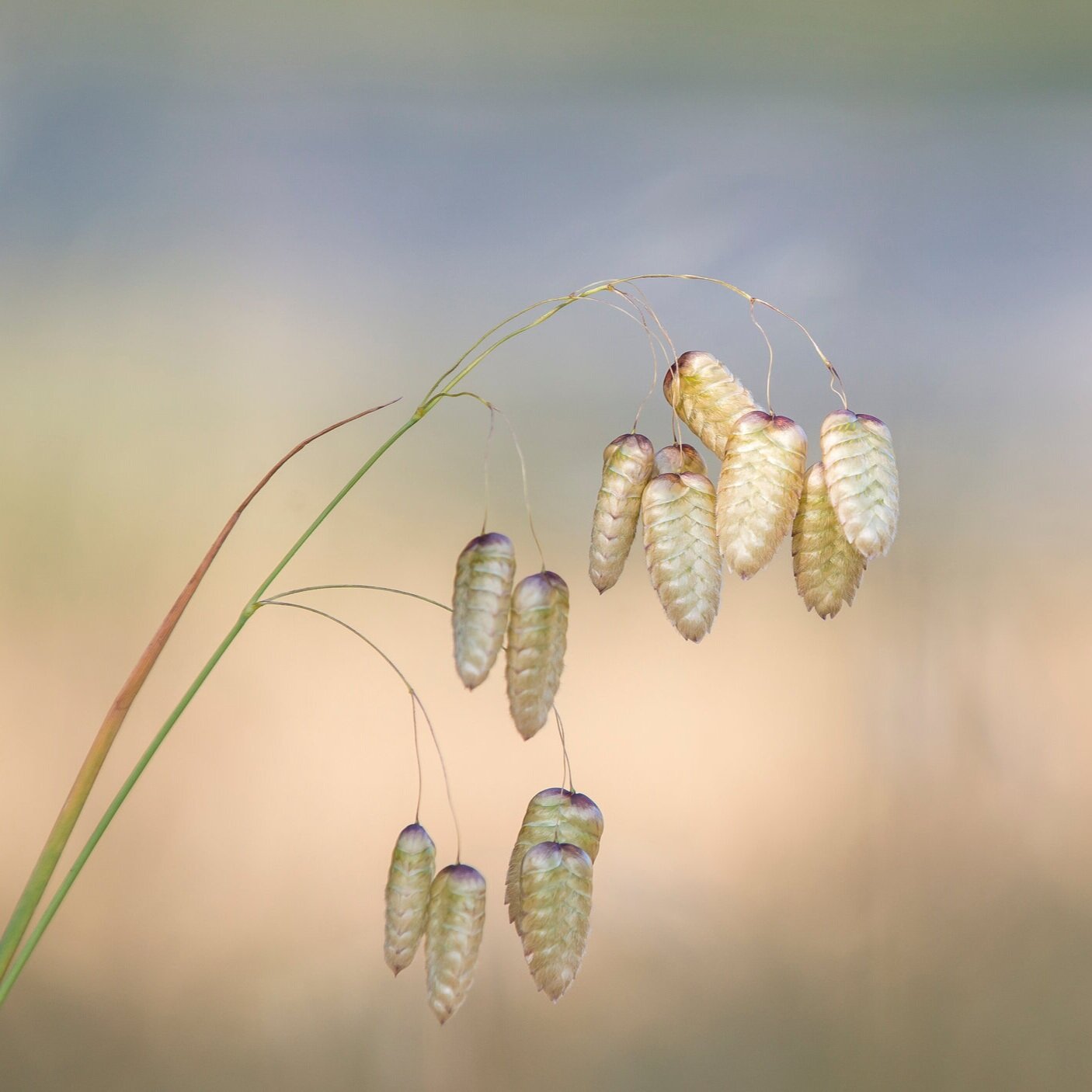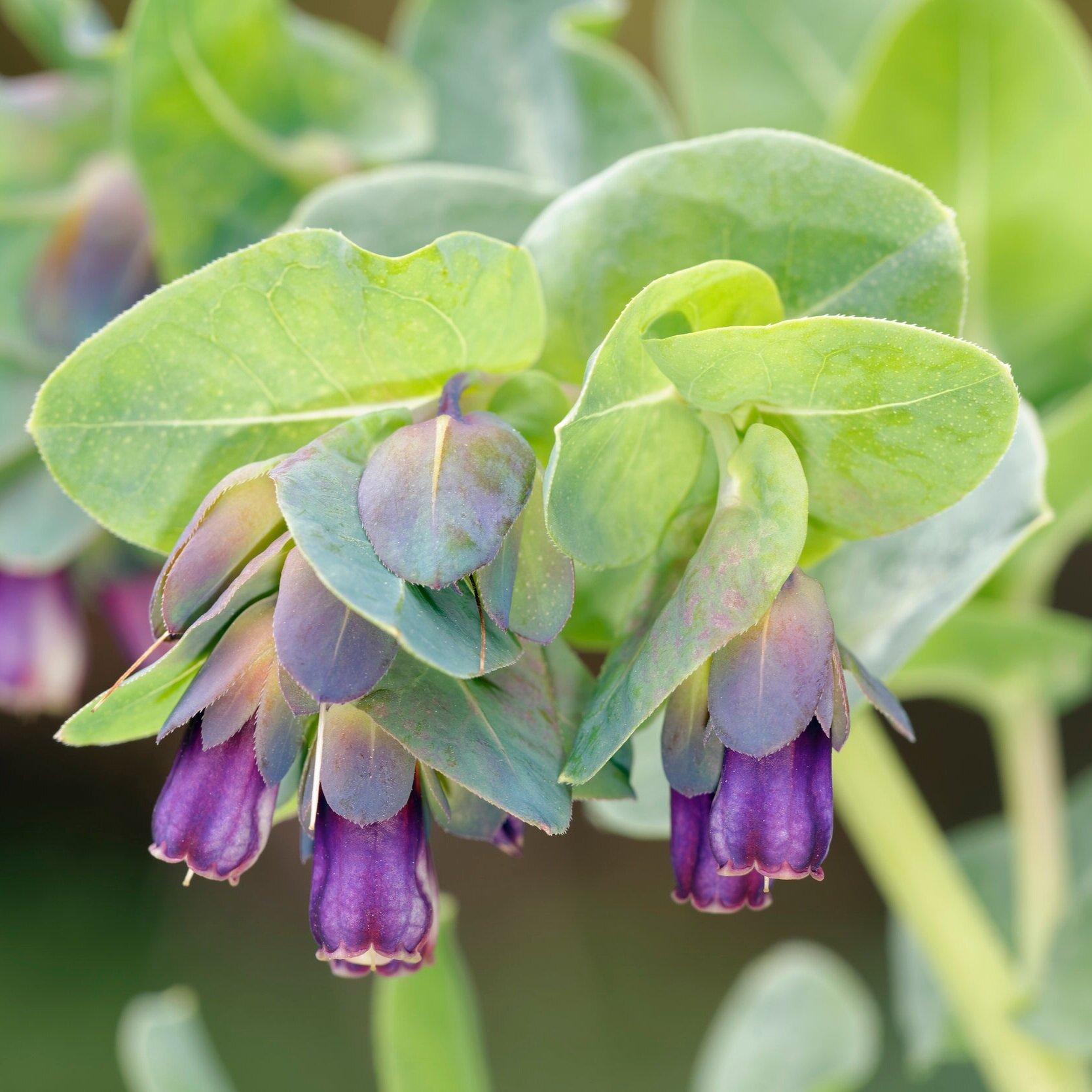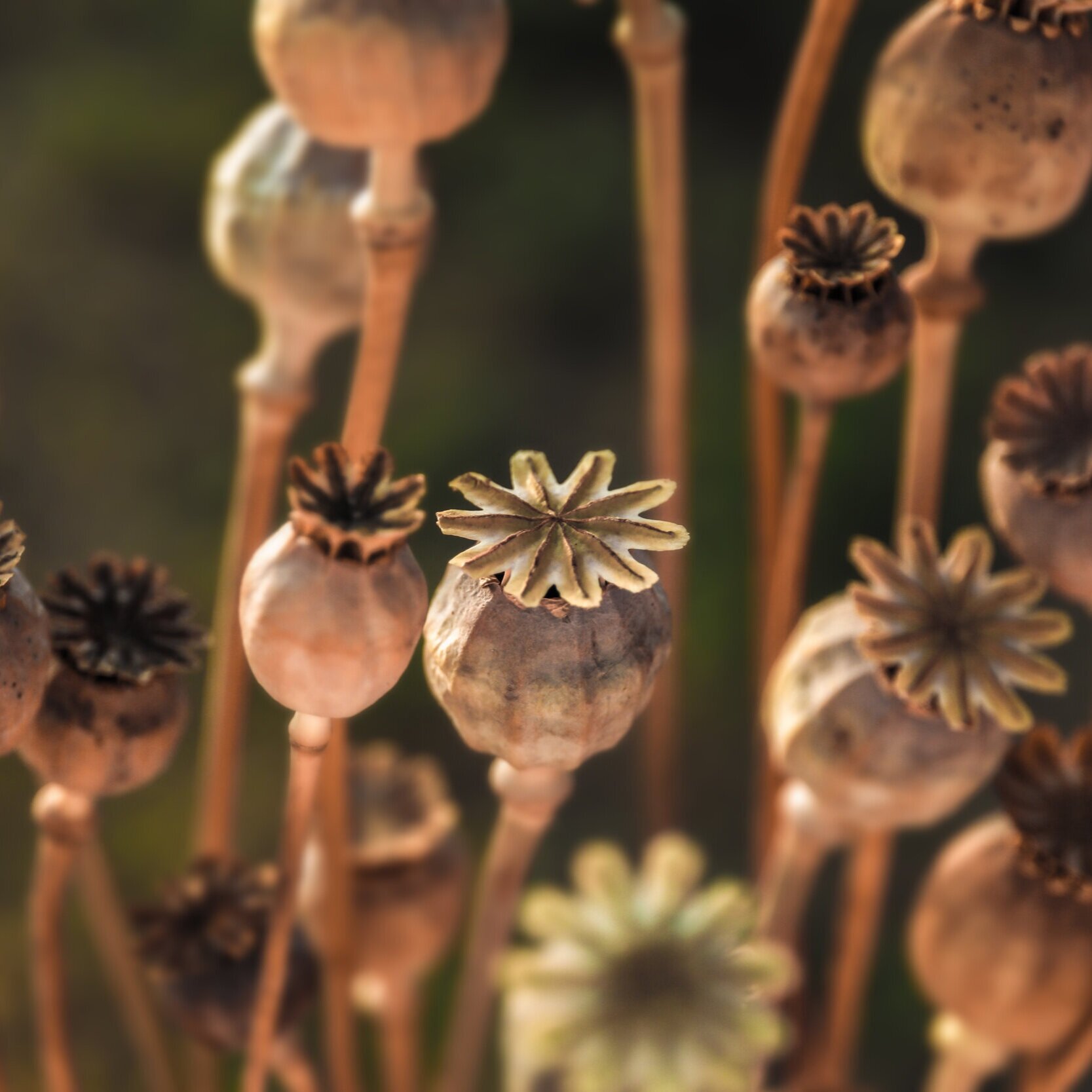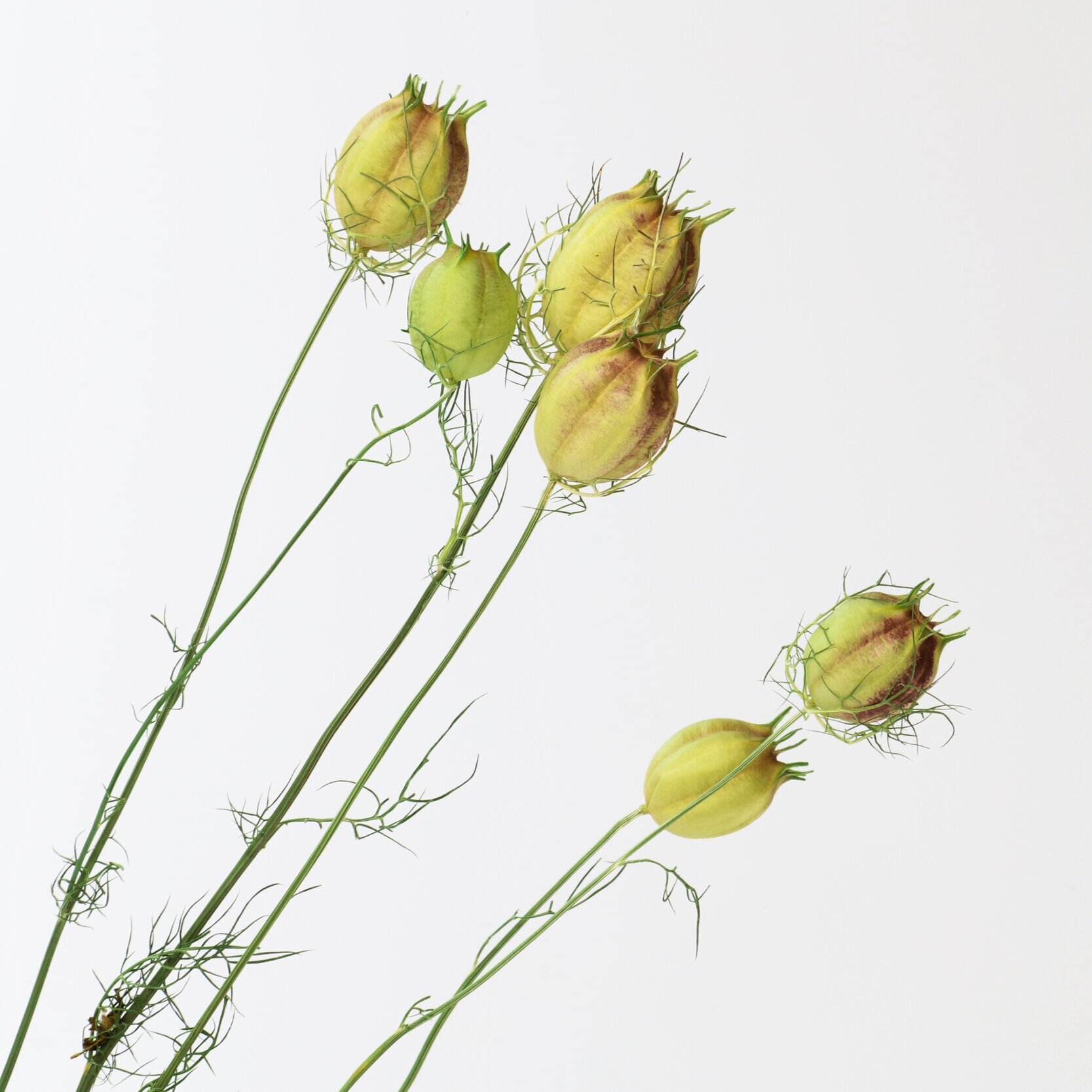A Q&A with the author, Carolyn Dunster
Dried flowers have had a resurgence in popularity in recent years, now seen as a more sustainable way to enjoy often UK grown flowers within your home for many years rather than fresh flowers shipped from abroad lasting just a few days.
We chatted to florist and award winning plant designer Carolyn Dunster all about her incredibly practical yet inspirational new book Cut & Dry: The Modern Guide to Dried Flowers from Growing to Styling
(released 13th May 2021 available for pre-order now, published by Laurence King at £17.99)
Dried grasses, perfect for contemporary sculptural displays
Image by Ida Riveros
Why dried flowers? What is it about them that you enjoy so much?
I’ve always loved dried flowers. As a child I used to dry and press wildflowers and growing up I spent a lot of time in the south of France where flowers for drying are grown as crops and are always available in the markets.
I started experimenting with drying my own garden flowers when I found I had a glut of euphorbia that needed thinning out and I didn’t want to throw it in the compost. I like to watch how flowers change their appearance as they lose moisture and become something different to their original selves.
There is a hidden beauty to be found in dry or decaying plant material. They also provide a sustainable option for eco-friendly flower arranging and bridge the seasons when there is nothing to pick outside.
Image by Ida Riveros
Your book is wonderfully practical, making drying flowers and styling them perfectly accessible for complete novices.
What are your top tips for beginners?
My main tip for beginners is that drying flowers is easy – you can start with anything you can get your hands on. There is nothing complicated about it and it is mostly a question of trial and error. Just have a go and see what happens.
A really useful section of the book is where it details which types of flowers and plants are particularly good for drying.
What characteristics are there about certain flowers and plants that make them particularly good for drying?
As a rule of thumb, thin wispy stems of flowers with small, delicate single heads such as Scabious, Cornflowers, Astrantia and Crocosmia dry quite quickly and tend to give great results – keeping their colours for a long period of time. Lavender is also a great contender and any other drought tolerant flowering plants such as Santolina that originally come from the Mediterranean dry really well as does their silvery-coloured foliage.
Sea Lavender, Clover, Acroclinium, Freesia
Images by Ida Riveros
Which types of flowers or plants really don't dry well?
What is it about them that makes them unsuitable for drying?
Dense fleshy flowers such as peonies and crysanthemums or roses in full bloom are trickier to dry satisfactorily as the heads are too heavy to be supported by their stems - they become brittle and fragile and snap off. It is possible to get round this by drying the heads in sand. Also, flat daisy-shaped flowers tend to close up when they are suspended upside down and I find it easier to use these for pressing.
It seems that drying flowers and plants is surprisingly simple and you really don't require any special equipment, what is the best simple method for drying flowers and plants?
The air-drying method is a completely natural and very simple way to dry flowers, requiring no technical know-how. By removing the foliage from the lower part of the stem and attaching some twine or wire around it you then hang it upside down from a hook or coat hanger in a cool dry place. At first it will droop but don’t panic – as the drying process takes place each component part of the flower will become stiff to the touch and this can take anything from a couple of days to a couple of weeks.
Air-drying. Image by Ida Riveros
Can you dry fresh cut flowers that you have been given in a bouquet or bought from a shop?
I often remove my favourite blooms from gift bouquets if I want to keep them for longer than they will last in a vase of water. Just recut the ends and prepare for drying. Similarly, it is possible to dry any shop-bought flowers – they need to be at their freshest as they won’t dry properly if they have started to go over. If you buy a bunch of blooms in tight bud, display them in water and remove them as they come into flower, cutting away any wet stems, they will dry just as well as anything picked from the garden.
Image by Ida Riveros
Lots of people will be pleased to know that if they have a growing space, no matter how small, even a few pots on a balcony, you can grow your own plants for drying.
What are the best small space plants for drying, and what could be sown now for drying this year?
I like to grow grasses such as Briza media (Quaking Grass - far left on image below) in small pots as well as annual flowers such as Cerinthe (Honeywort), Nigella (Love-in-the-mist) and Poppies that can all be grown from seed in one season. The grass dries as tiny tear drops as it matures, the Cerinthe can be picked for air drying and the Nigella and Poppy flowers go on to develop the most beautiful seed heads – providing all the ingredients for a beautiful dried display. You can sow all these seeds now and you will see the results by the end of the summer.
There is a lovely section in the book that details which exotic plants are good for drying like lotus flowers and palm leaves. Are there any popular houseplants that can dry well?
House plants such the as asparagus fern and any other ferns make beautiful dried foliage that looks lovely in dried botanical clouds mixed with seed heads and grasses or displayed in containers with long thin necks. Tillandsia or Spanish moss and any other air plants that have no water requirements work really well with dried ingredients for creating natural still life vignettes.
Your book concludes with step-by-step instructions for really great projects people can do at home to create displays using dried flowers and plants. Which would be a good beginner project that doesn't require a huge amount of dried material?
A simple circle is a good place to start for an easy project. Using a wooden embroidery ring as the base, tie on small bunches of dried materials at an angle so that they slightly overlap. That way you can hide the mechanics. It is enough to use two or three bunches going in one direction and then in another, positioned slightly off centre to the base of the ring. Finish with a hand-dyed ribbon and that is all you need to create a display for your wall or to hang above a mantelpiece.
Dried flower hoops by Full Circle Florals
Carolyn’s brilliant book is launching 13th May 2021.
It is available to pre-order now! We recommend purchasing from some great independents:
Good Roots Club
Hay Festival Shop
Bookshop.org
CUT & DRY: The Modern Guide to Dried Flowers from Growing to Styling, by Carolyn Dunster
Published by Laurence King at £17.99
Images by Ida Riveros

